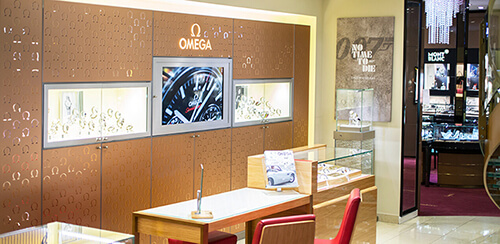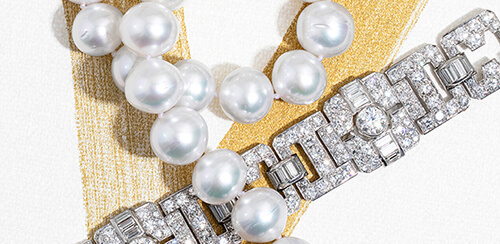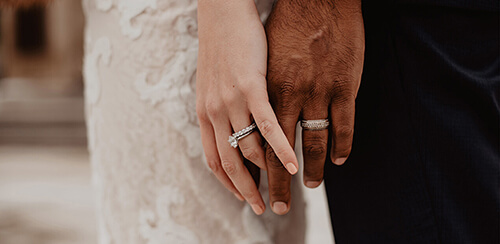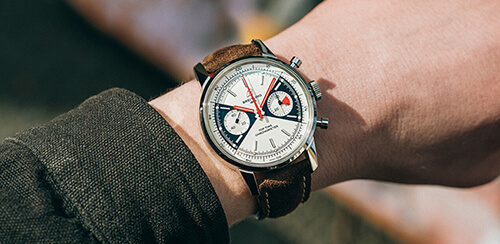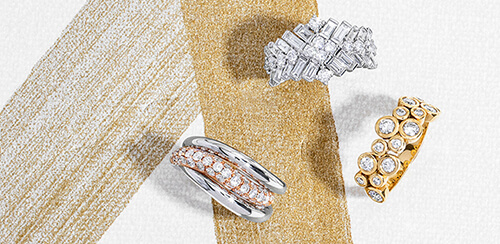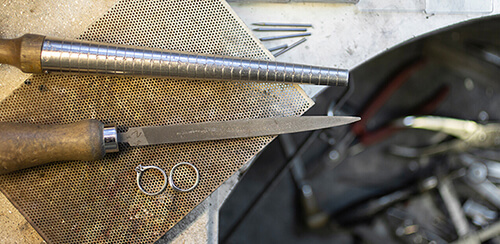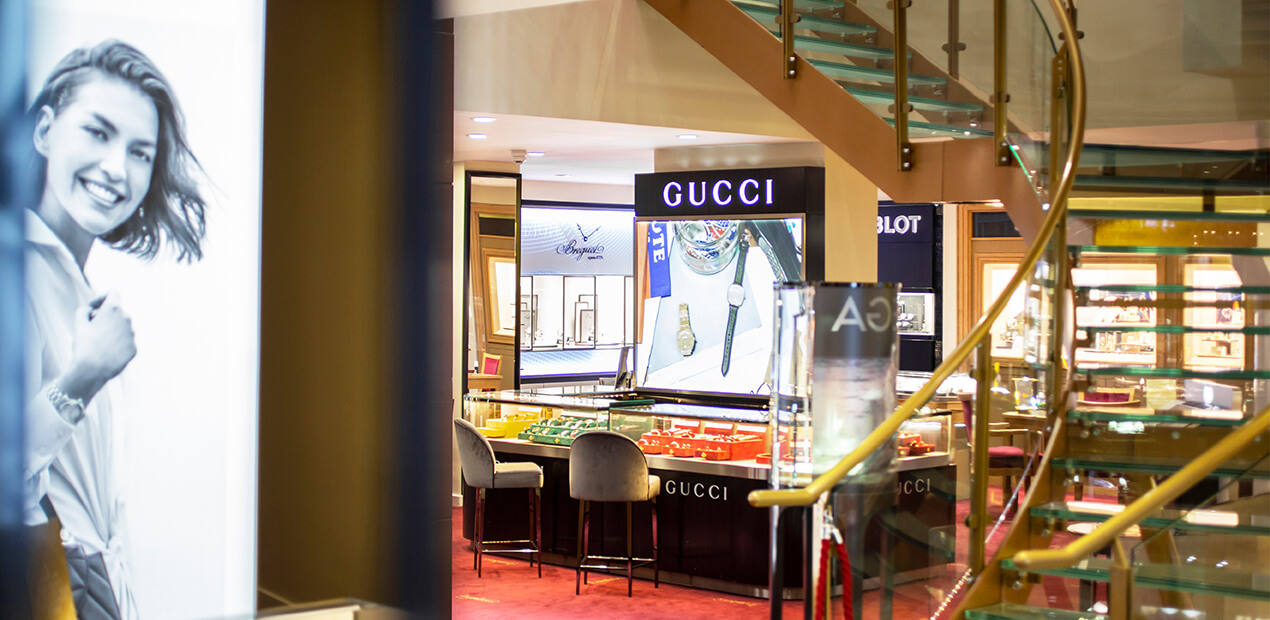Toggle Nav
Diamond - The 4 C's: Cut
13/04/2022
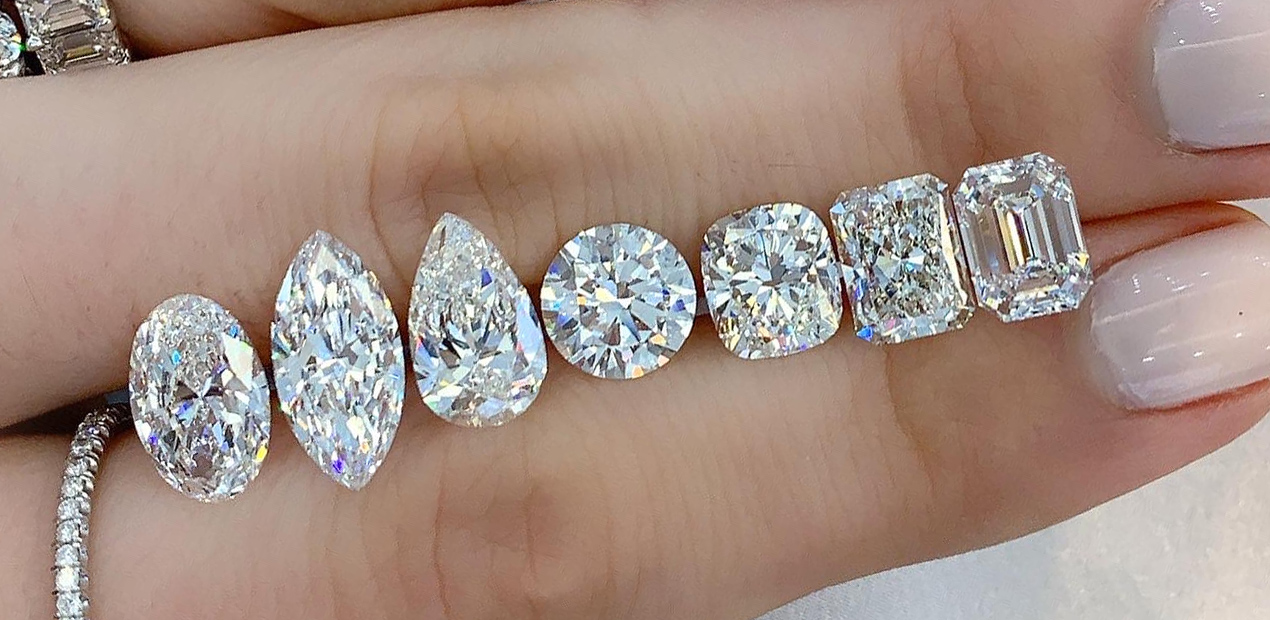
Cut is today considered probably one of, if not the most important value factors for consideration when purchasing of a Diamond. As the more precise or refined the cut, the better brightness, fire and scintillation that can be achieved.
Cutting of diamonds has evolved over many thousands of years where, back in the early years when diamonds were discovered, they may have simply been set as found in their rough state, mainly into adornments.

By the 17th century rudimentary cutting had evolved to cutting semi-bright stones. “The Rose” Cut was where a number of facets had been applied to the stone to remove only flawed sections of the original rough and gain some brightness to the stone.
“The Mazarin” Cut then followed, this was then the forerunner of what we now know as the modern day Brilliant Cut. These stones were given a table (the largest facet on the top of a stone), often 8 facets that then surround this, 8 facets to the underside, along with a Culet (a facet parallel to the table at the top of a stone). These are often very noticeable on “old cut stones” which are virtually never seen on modern day cut stones.
These stones although giving a slightly more vibrant finish still resulted in trying to maintain as much weight from the original rough. So many of these may well have odd shapes or be overly heavy for their face up appearance.
Then in the 50’s technologies developed further, and it was found that by increasing the number of facets and changing angles of the facets, not only to the crown (the top portion of a stone) but also the corresponding facets on the pavilion (the lower portion for a stone). Then also the girdle is also then taken into consideration (the widest section of a stone), meaning a brighter fierier stone could be achieved.

The modern day Round Brilliant Cut stone has 57 or 58 facets to it dependant on if it has a culet.
The crown consists of 41 facets: all of these allow light to enter a stone, starts the refraction of white light into its spectral colours. These important facets, when the reflected and refracted light then leave the stone as reformed white light this enables a stone to sparkle to the viewer.
It also has 1 Table which is octagonal, usually the largest facet on the stone.
8 star facets, these are triangular and extend from the table towards the girdle/edge of the stone.
8 bezel facets, these are diamond or kite shaped.
16 upper girdle facets, these extend from the girdle towards the table.
The girdle, not a facet, but the widest part of a stone. This can be additionally faceted or left bruited/rough or polished smooth. The girdle is an essential part of a diamond in respect of setting. Too thin, a girdle might chip during setting or even during general wear. Too thick, a girdle simply adds weight to a diamond without benefiting its beauty, and an overly deep girdle not only adds too much weight but can start to be seen reflected within a diamond “a fish eye” under the table of stone, this also impairs its beauty and symmetry assessment.
The Pavilion consists of 24 or 25 facets. These facets are the ones that further refract white light into their spectral colours and reflect it within the stone. The ideal for this is that white light bounces around within a stone 6 or 7 times before it reforms and exits through the crown of the stone.
16 lower girdle facets, these then correspond to the upper bezel facets from below the girdle towards the culet.
8 pavilion mains, these are elongated kite shapes that extend from the girdle to the culet.
1 single culet at the bottom of a stone, these are not on all faceted stones, but can be done to prevent chipping if it’s pointed or might even be a natural (part of the original skin of a rough diamond).

From January 1st 2006 GIA (Gemological Institute of America) started assessing the Cut Grade for Round Brilliant Cut diamonds, working out that better proportions, angles, table diameters and girdle thicknesses all have optimal proportions to allow stones to sparkle better and give an optimal return of light to the viewer. These fall into 5 categories from Excellent, Very Good, Good, Fair and Poor. This overall cut grade is only applied to Round Brilliant cut diamonds. However, all shapes are assessed for the same Polish and Symmetry factors.
Polish is an assessment of all of the facets themselves, as to how clean and free of imperfections they are. Symmetry is an assessment of table diameter, the angles of the crown and pavilion angles, and a balance of a width to depth ratio of a diamond. Both factors are also assessed in the same 5 factors from Excellent, Very Good, Good, Fair & Poor. The closer to precise angle allowance, proportions and how well finished a stone is, will then appear on a certificate as an assessment and an additional assessment of its Brightness, Fire and Scintillation is given for the Cut Grade.
All other shapes only come with Polish and Symmetry grades. A lot of symmetry grading is more about the overall beauty of a diamond. ie. is a pear shape even on both sides of its outline? Is a Princess Cut precisely square? Dose an Emerald Cut have a pleasing length to width proportion? Etc.
Only stones that have been to an independent lab come with this kind of assessment, GIA being the strictest for this. They were the first grading company to start assessing for these value factors in diamonds, for this they are the most highly regarded and the benchmark for all other grading companies.

